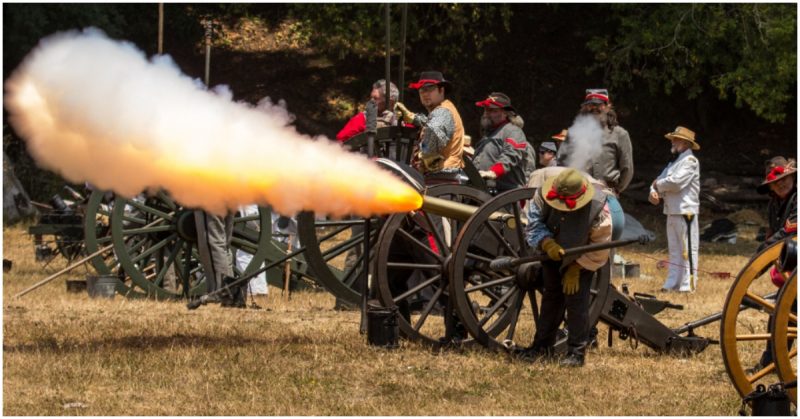According to witnesses and researchers, paranormal activity is stronger in Gettysburg than anywhere else. It even has phantom perfumes!
Gettysburg is a small town in the state of Pennsylvania. It was the scene of the bloodiest battle of the US Civil War.
The Battle of Gettysburg is often referred to as the turning point that led to the fall of the Confederation. It has become a mecca for ghost hunters. Paranormal activity researchers and enthusiasts come from all states and countries to visit it.
At the end of June 1863, General Robert Lee, after his victories over the Army of the Potomac in Chancellorsville, led his army of Northern Virginia into Pennsylvania.
Lee was convinced that a second invasion of the North had a great chance of success. He intended, by penetrating Harrisburg, Pennsylvania or even Philadelphia, to influence the northern politicians and bring the conflict out of Virginia.
In addition, Lee wanted to achieve recognition of the Confederation by France and Britain as well as strengthen the cause of the northern “Copperheads” who favored peace.
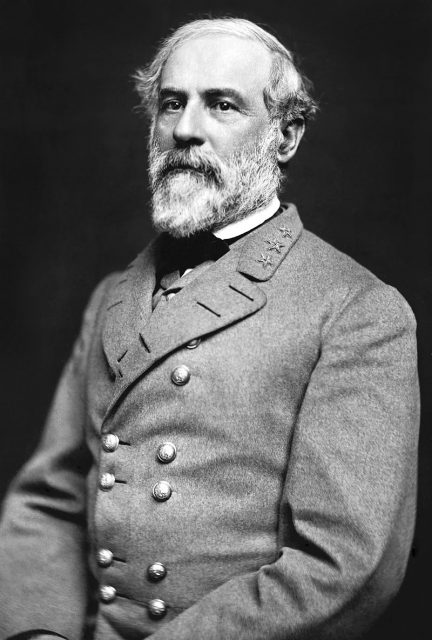
On the Union side, Joseph Hooker had lost the confidence of President Abraham Lincoln after the defeat of the army of the Potomac at Chancellorsville. The president was disappointed with Hooker’s inaction. On June 28, Lincoln appointed a new head of the Army of the Potomac: Major General George Gordon Meade.
Meade gave the order to pursue Lee’s army, which by then had moved into southern Pennsylvania.
On July 1, at the crossroads town of Gettysburg, the advancing Confederates clashed with the Union’s Army of the Potomac under the command of Meade. The next day, the battle continued and grew more difficult. The Confederates attacked the Federals from the right and left.
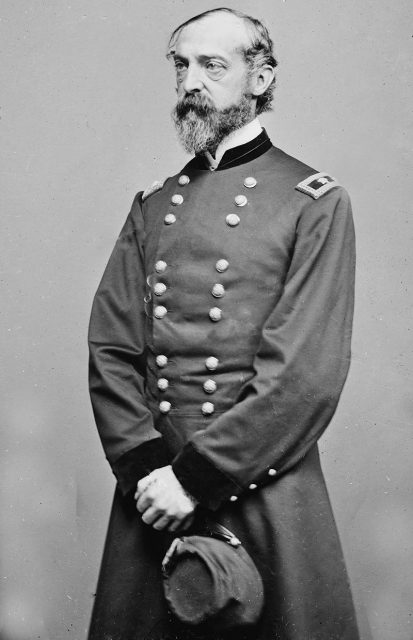
On July 3, Lee ordered about 12,500 soldiers to storm the enemy center on the Cemetery Ridge, which in history was called the “Pickett’s Charge.”
https://youtu.be/mYpNz7bvB1g
For three days, the fighting took place on the hills, in the forests, and even on the streets of Gettysburg. The end of the third day marked the end of the Battle of Gettysburg. The losses of the two armies ranged from 46,000 to 51,000. This accounted for almost a third of all the troops involved: 37% of the army of Northern Virginia, and 28% of the army of the Potomac.
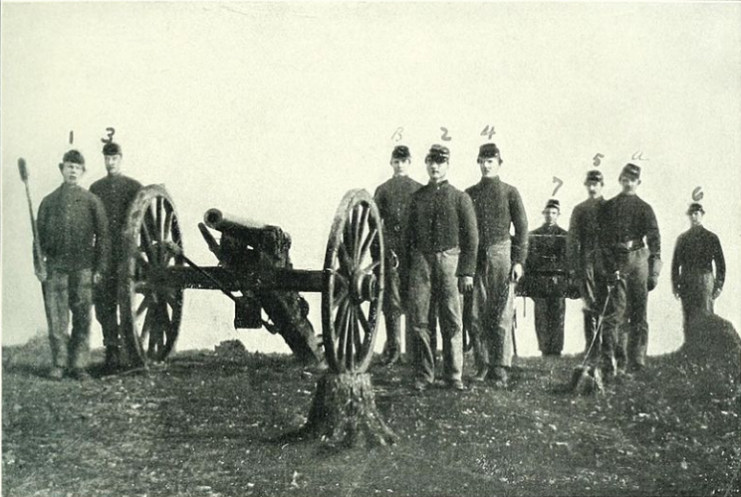
On July 4, both armies remained on the battlefield, but nothing significant happened. Lee’s army lacked ammunition because it was far from the supply line. The Confederates could not afford any more losses. Lee realized that his invasion of the North was over and it was time to return home.
On the same day, the Confederates began their long retreat back to Virginia. Despite the orders of Washington, Meade refused to attack the retreating troops.
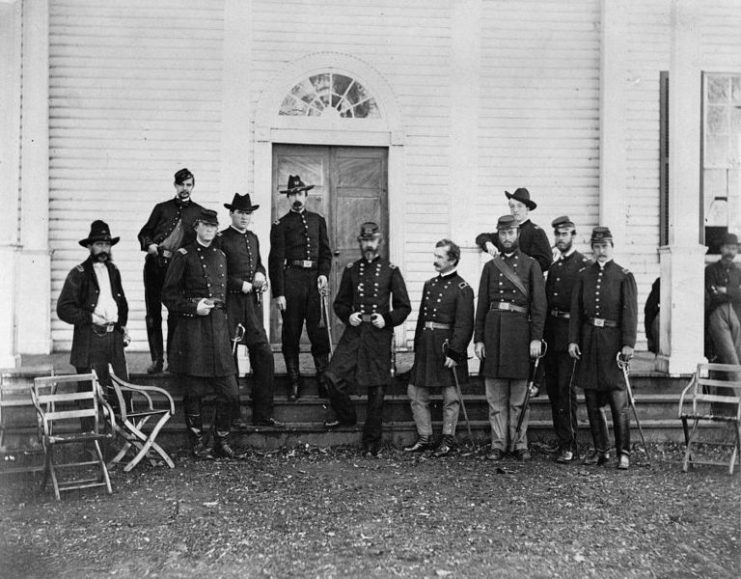
On the fields and streets of Gettysburg lay the bodies of the dead, which slowly decomposed in the hot Pennsylvania weather. One local woman recalled, “Wounded men were brought into our houses and laid side-by-side in our halls and rooms. Carpets were so saturated with blood as to be unfit for further use. Walls were bloodstained, as well as books that were used as pillows.”
A Federal soldier wrote of his own experience: “Corpses, swollen to twice their original size, actually burst asunder… several human, or inhuman, corpses sat upright against a fence, with arms extended in the air and faces hideous with something very like a fixed leer.”
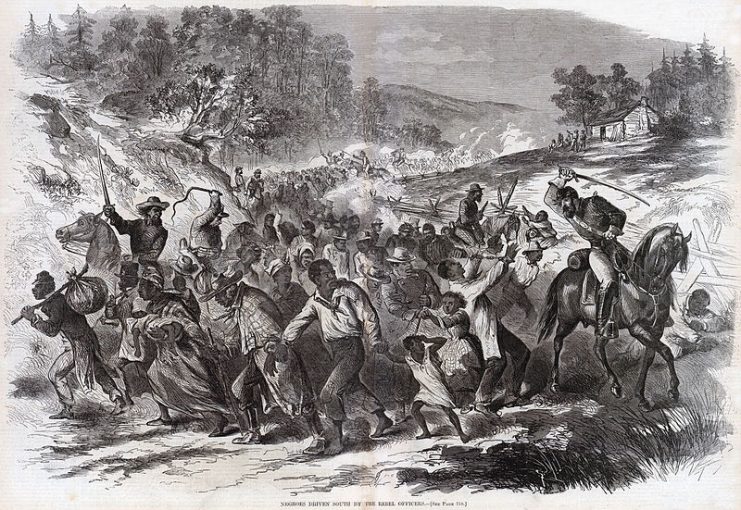
The Battle of Gettysburg left its mark on a small town, a mark which is still evident to this day. In places where there have been many deaths, stories about ghosts often appear. According to witnesses and researchers, paranormal activity is stronger in Gettysburg than anywhere else. It even has phantom perfumes.
If you visit the city and ask where to find the battlefield, the answer you will get is that you are standing on it. During the fighting, almost the entire city and its surroundings became a battlefield.
Many dead bodies were left on the streets of the city in the July heat. Because of the strong smell of the corpses, women only went outside if they had a scented handkerchief to press to their noses. According to legend, to this day you can detect the smell of mint and vanilla.
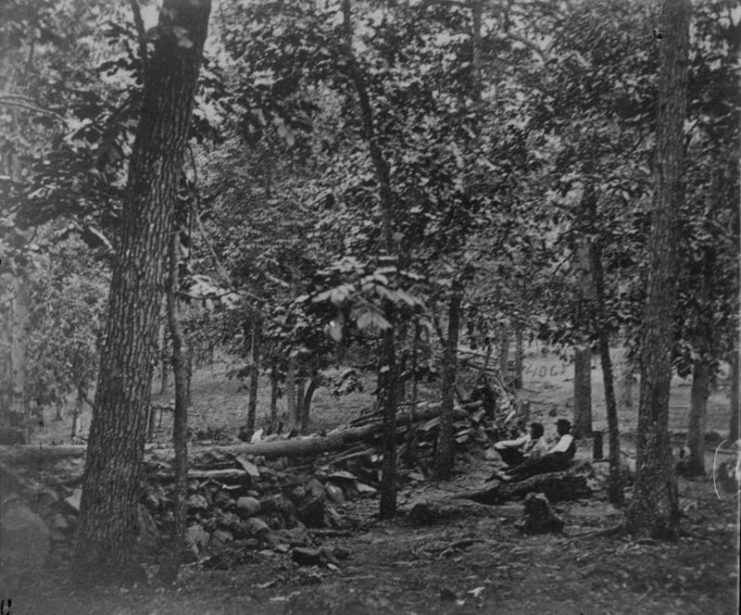
Within the city limits is the Gettysburg College (which, in 1863, was Pennsylvania College). At first glance, it seems a quiet place. At the time of the war, the college consisted of three buildings used by 100 students for studying and accommodation.
During the war, the Confederates seized Pennsylvania College and used it not only as a field hospital but also as an observation post. Several officers, including General Lee, used the cupola of the Old Dorm to watch the battle. On certain nights after the battle, college staff and students reported seeing soldiers walking back and forth beneath the dome of the building.
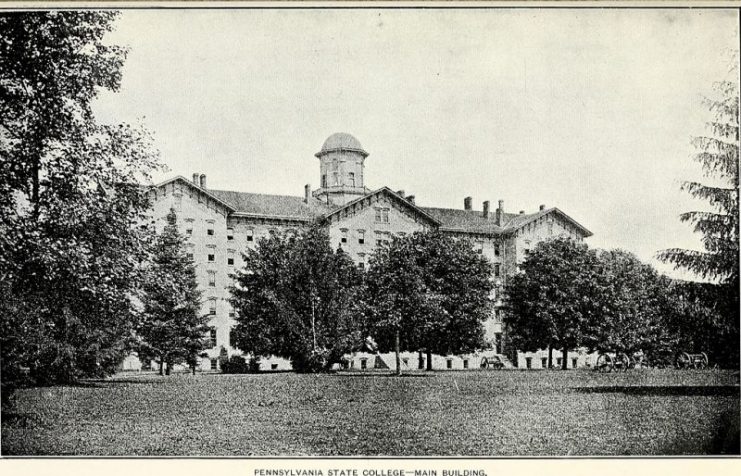
However, author Mark Nesbitt related the most famous story. He spoke about two college administrators who stepped into an elevator which, instead of taking them to the first floor, mysteriously descended to the basement level.
When the elevator door opened, the administrators saw a blood-spattered 1863 operating room. Wounded soldiers lay on the floor, and doctors with bloody clothes were standing next to them. The scene was completely silent.
The terrified administrators pushed the elevator button many times and tried desperately to close the doors. Before the doors closed, an orderly looked toward them, as if asking for their help. They will never forget the creepy experience of meeting those ghosts.
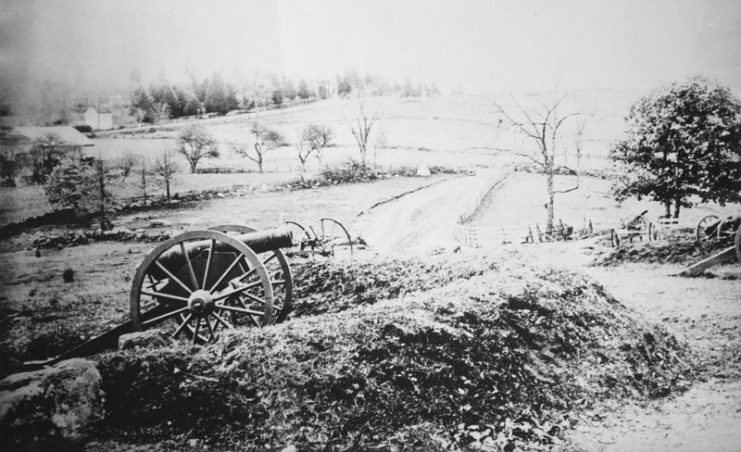
There are many other stories told by various people on the official borders of the Gettysburg battlefield. There are also some formerly private residences (now owned by the National Park Service) in which, reportedly, people have seen spirits.
One of these places is the George Weikert House. This small house was lived in by various people, many of whom had stories to tell. One of the residents said that the doors on the second floor opened independently, despite the fact that they were constantly left closed.
Other tenants reported weird sounds in the attic. They heard a heavy step crossing the area above their heads as if someone was striding back and forth.
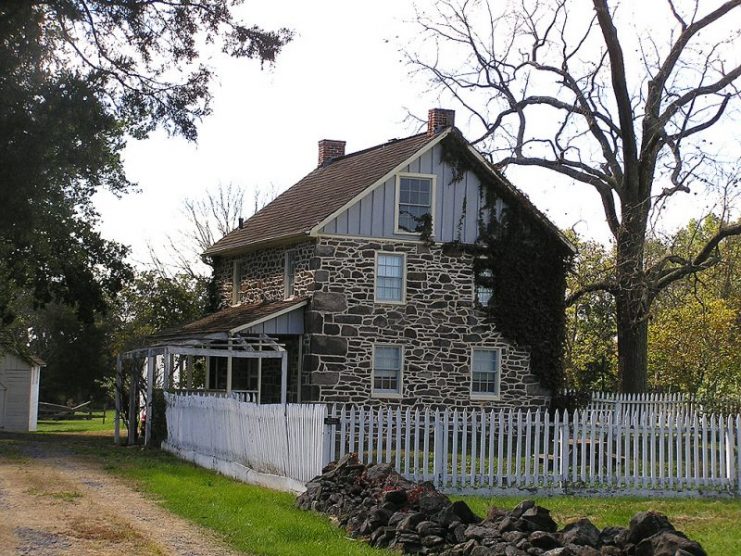
There are numerous eyewitness reports of ghostly soldiers being seen in different parts of the park. The phantoms have been observed marching in the ranks, riding horses, or fighting. These ghosts roam the places where the Pickett Charge passed.
One of the most popular sites of Ghostly Gettysburg is a natural rock formation at a place called the Devil’s Den. The formation was used during the Civil War and got its name from the legend that a large snake lived there.
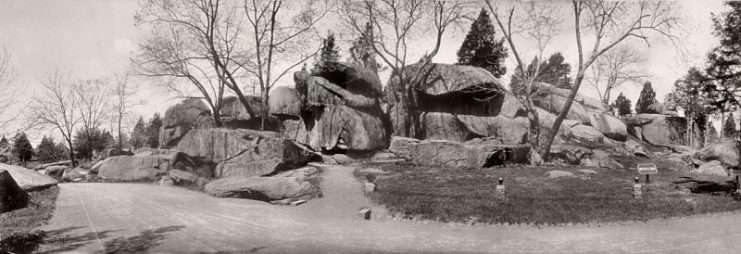
Visitors to this historical monument report hearing the sounds of gunfire and drums. Some also felt that someone was holding their hand or saw a flabby man who was trying to give directions. One of the most popular stories is that cameras will malfunction while the owner tries to take pictures.
Today, many companies in Gettysburg offer tours to enthusiasts who want to see the ghosts. Some are skeptical of the paranormal, while others claim to have witnessed paranormal activity. Whatever their opinion, the ghosts of Gettysburg certainly bring a considerable income to the city treasury.
However, the ghosts of Gettysburg also serve as a reminder that wars are often won with much suffering and at the cost of many human lives.
